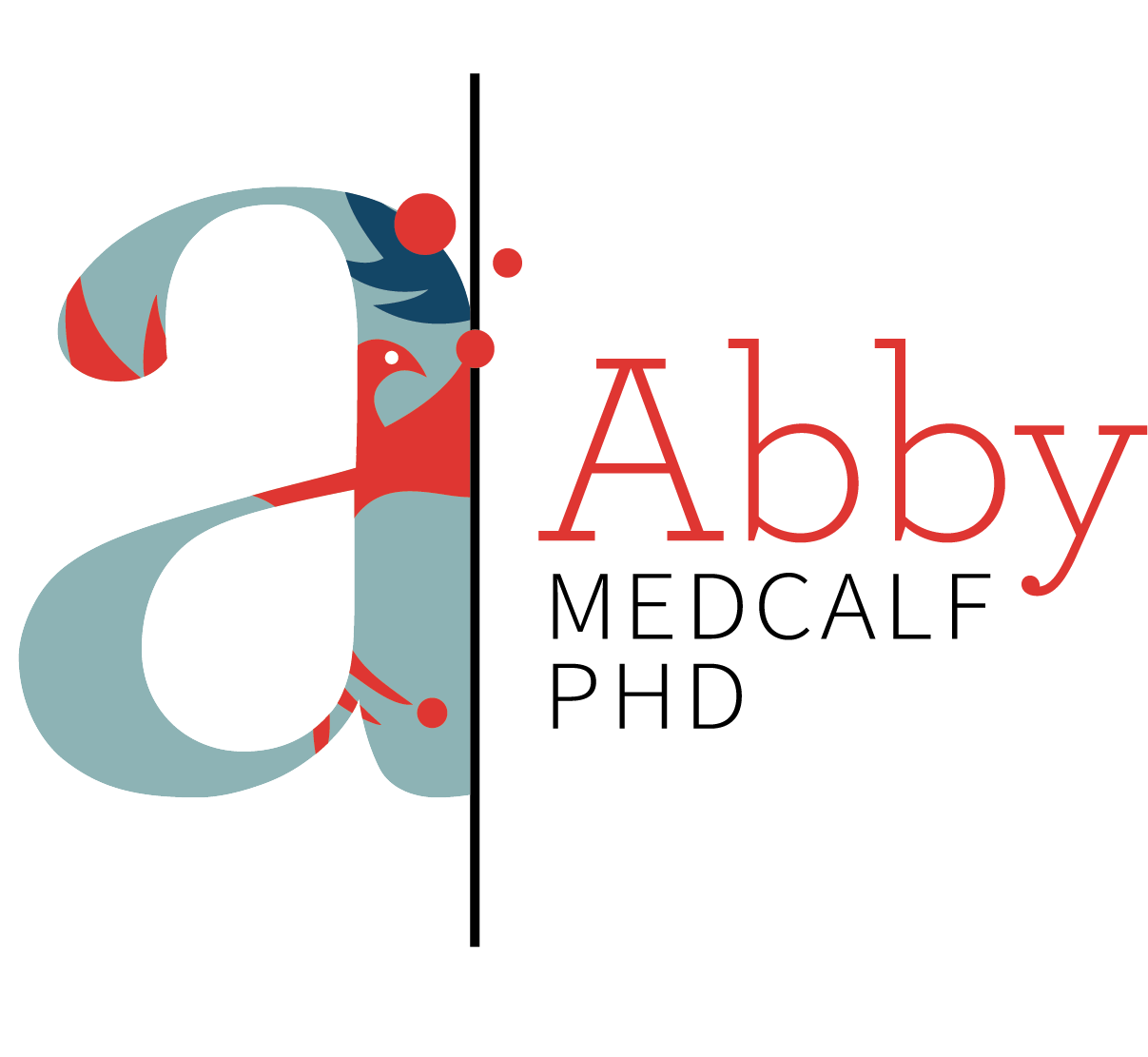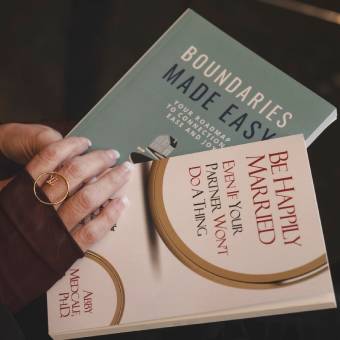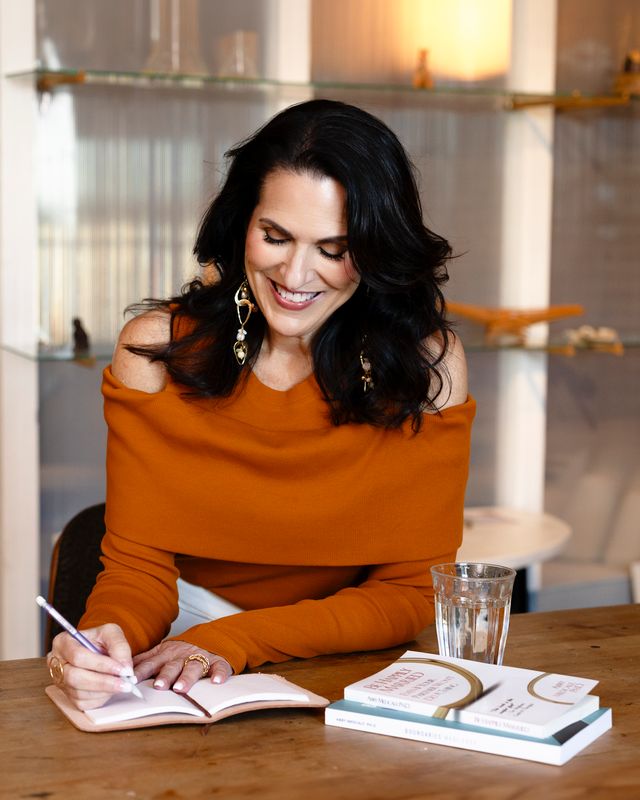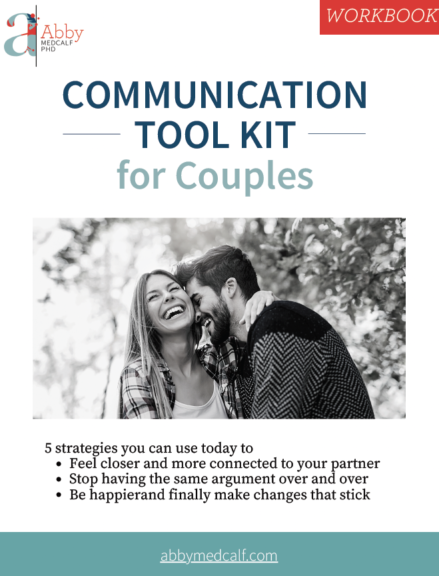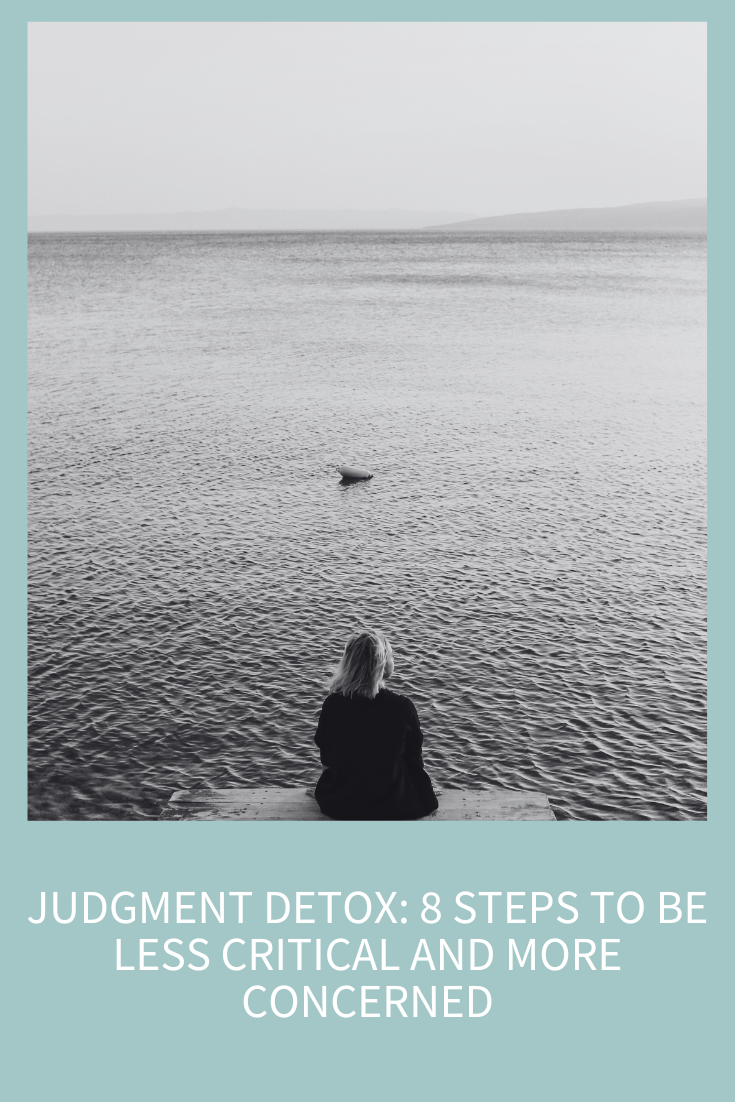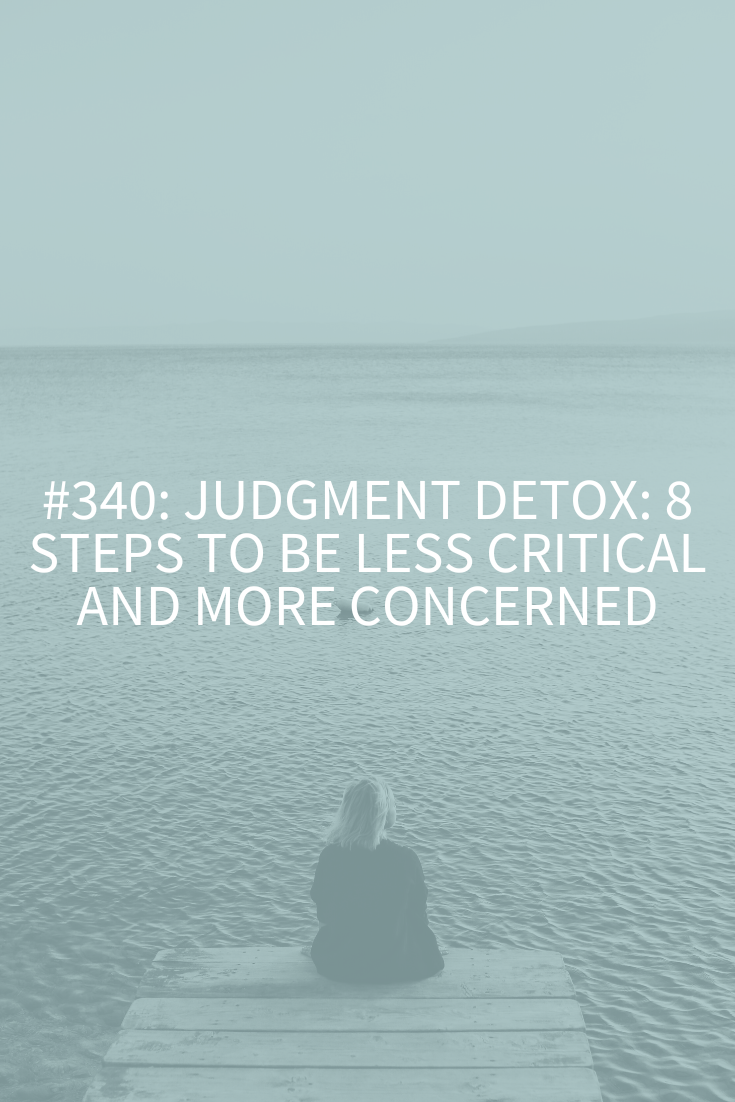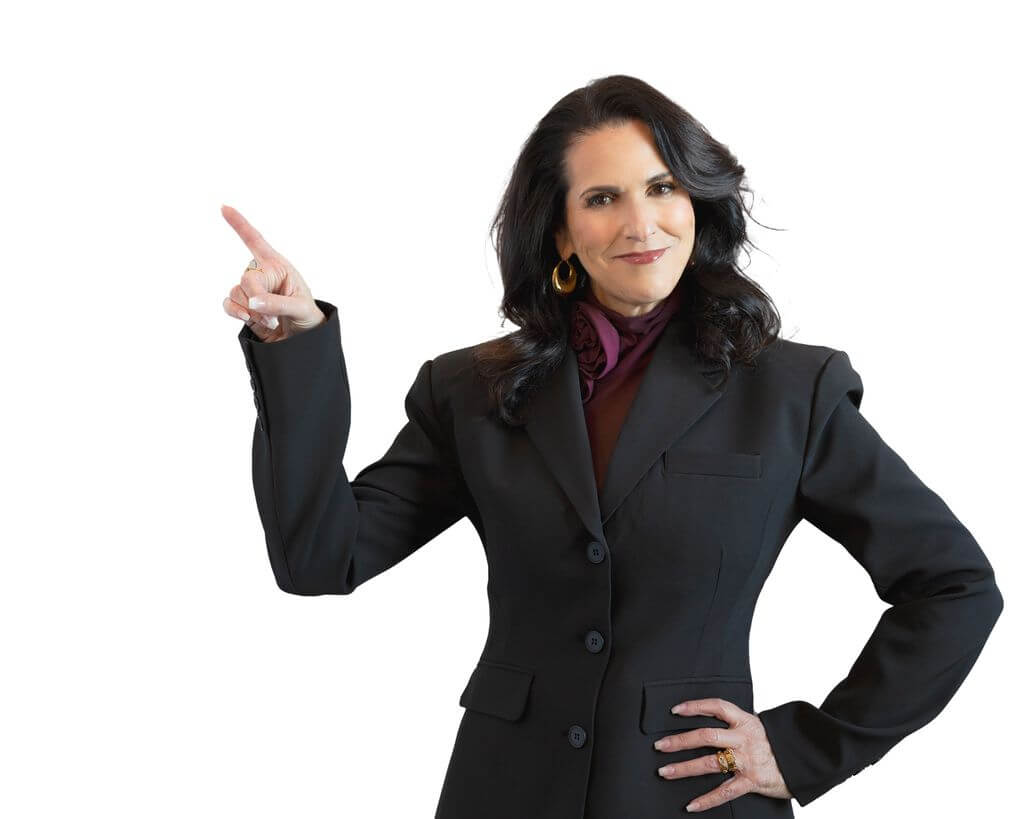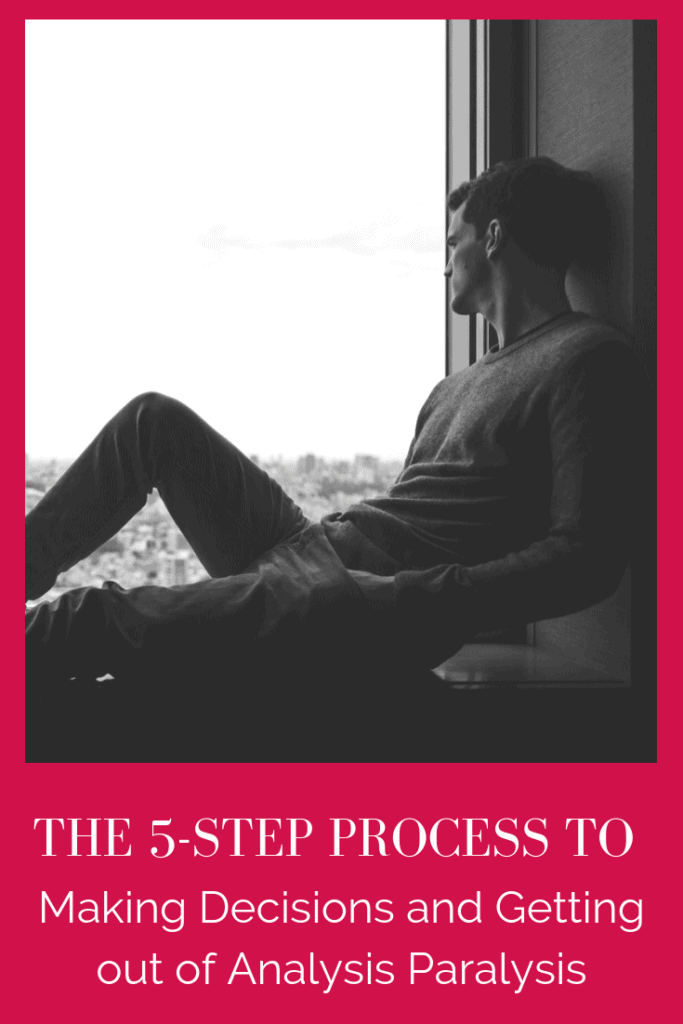
Decisions, decisions, decisions. When you were a child, you made about 3000 decisions per day (Should I hit my brother? Should I cry to avoid putting on my shoes? I wonder if they’ll notice if I take that last French fry?). As you might expect, those decisions ramped into overdrive as you hit adulthood when you make an estimated 35,000 decisions a day (Is this the right guy for me? Should I take that job? I wonder if they’ll notice if I take that last French fry? Do these pants make my butt look big?). According to researchers at Cornell University, about 225 of those daily choices are just about food (growing up as a Jew in NY, I have to think they didn’t include Jews or New Yorkers in this study, or the number would be closer to 1000 decisions a day about food, but I digress).
Mindless Eating: The 200 Daily Food Decision We Overlook
With all those decisions, is it any wonder that sometimes you just get overwhelmed and can’t make a decision? Is it a crime that every now and then (maybe more “now” than “then”) you just shut down, feel overwhelmed, and don’t want to make a choice? Yup, sometimes you get stuck in complete avoidance or analysis paralysis.
Tell me if this sounds familiar: You’re in Bed, Bath and Beyond and your partner is asking you to make a decision between the green cups with the white swirls, or the white cups with the green swirls, or maybe just the plain green cups. In your head you’re screaming, “I don’t know! I don’t care! Stop asking me questions!!!” But, on the outside, you just shut down and say something like, “Whatever you want is fine.” Your partner gets frustrated and annoyed, then lectures you (right next to the gravy boats) on how they always have to make the decisions and how they just want your opinion for once. So, why does this happen? Why do you get stuck in analysis paralysis or just complete avoidance, and what can you do to change your ways?
Let’s start with first examining the “why.” Did you know that Americans spend more time shopping than any other society in the world? Unbelievably, there are more shopping centers than high schools in the United States! This is why I learned more about decision-making in business school than I did in all the years getting a PhD in psychology. It’s because there’s a ton of research figuring out why you’d buy choice A over choice B because that’s where the money is (and goes).
The Paradox of Choice: Why More is Less By Barry Schwartz
What some of the research points to is that having too many choices gets de-motivating. There’s a famous “jam” study that demonstrates this well. Basically, researchers set themselves up in a gourmet food store. On one day of the study they offer six types of jam and on another day they offer 24 types. What they found is that the 24-jam option got more people to come to the table than the six-jam option. However, whether they went to the 24-jam table or the six-jam table, people tasted the same number of jams. What’s really interesting though is that, when it came to buying, there was a BIG difference. In the end, 30% of people who went to the six-jam table actually bought a jar, but only 3% of people who went to the 24-jam table bought anything. Yup, they were 1/10th as likely to buy when there were more choices.
And there have been other studies supporting these results. Some have shown that increases in the variety of snacks offered at convenience stores results in decreased sales and customer satisfaction. It’s also relatively well known that as the number of retirement investment options increases, the chance that employees will choose any decreases. This all speaks to the “more choices equals demotivation” theory.
The researchers believe that when there’s a bigger array of choices, people translate that as having to put in more work and people don’t want to do that. So, instead of putting in that extra effort, people decide not to decide and, in these cases, don’t buy the product.
Even with all this “evidence,” there have also been studies showing that lots of choices are not the problem and that it’s the actually the circumstances and complexity that make the difference. In his Financial Times article, author Tim Harford points out that Starbucks has 87,000 drink combinations and their business continues to boom. From a personal standpoint, I can tell you that the multitude of choices at Nordstrom’s has not deterred me one little bit.
Is the Paradox of Choice Not so Paradoxical After All?
So, what’s the deal? Are choices the issue or is it complexity? Here’s what I think: It’s a combination (yes, I think everyone’s right – I’m a Libra, so sue me). I think it all comes down to emotional bandwidth. Meaning, how much do you have and how much do you have left today? I would say that if you’re feeling “at the edge” already, having lots of choices sucks. If it’s the end of a long day, and you’ve got nothing left in the tank, then lots of choices feel overwhelming and exhausting. But there are other times when all those choices feel awesome (hence my frequenting Nordstroms).
Think about when you go clothes shopping (OK, maybe this is just for straight women and gay men, but bear with me here). When you first get to the stores it’s so exciting! That first round in the dressing room is full of possibilities, hope and your butt looking awesome in something. However, as you move from store to store (or floor to floor), you find your energy lagging. The fun has started to leave the building. You need to find your second wind; go get some lunch, caffeine or sugar, drop all those first round, heavy bags at the car, and have a little rest.
The reason you don’t start out exhausted, and only become exhausted as the shopping goes on, is because the need to make decisions and critical choices has been increasing as you’ve been shopping and your emotional bandwidth has been decreasing along with it. It’s not just the amount of time that does this. For example, if you’re playing a softball game or going on a hike, you don’t feel exhausted after 45 minutes (unless you’re super out of shape). Also, when you do get tired from these types of activities, it’s physical, not mental. It’s because these things don’t tug on your emotional bandwidth.
When you’re faced with too many decisions or with any complex decision and your emotional bandwidth is low, you get overwhelmed and you end up making “no decisions” more often. This goes one of two ways. The first is that some of you get into analysis paralysis where you get stuck analyzing a situation or options over and over but, ultimately, don’t make any decision. The second is that you make no decision by using some form of avoidance or distraction such as video games, social media, food, alcohol or drugs. Regardless of whether you get into analysis paralysis or just complete avoidance, all roads lead to Rome and you end up making no decision (which, of course, is a decision).
As decision points come up in your relationship you consistently end up being the one making no decisions. You end up in a pattern where your partner is habitually “making all the decisions” or “taking all the initiative” while you seem passive and stuck. This creates resentment on both sides of the coin. You’re sick of being bossed around and “controlled” and your partner is sick of “doing all the heavy lifting.”
So, how do you get out of this unhealthy cycle? Based on the research, I’ve come up with this deceptively simple (although not always easy), five–step process to move you from stuck to decided:
- Question: Think to yourself: Am I practicing due diligence or am I stuck in analysis paralysis? Due diligence is a good thing. It means you’re checking things out and making sure you understand your options and possible outcomes or consequences. But analysis paralysis sucks. Be real with yourself and think of your options and make a list of up to ten options that are possible in this situation.
- Pick Your Top 3: Now pick the top three choices (if there are only two, then that’s great – the less the better). For each choice, make a pros/cons list (yes, in writing). Take a hard look and see what seems like the best or healthiest option given what you’ve written.
- Choose a Date. Next, you’re going to pick a time and/or exact date, when you’ll make your decision, no matter what. Yes, something better might come along later. Yes, it might be the wrong decision. It doesn’t matter. Just choose. Right or wrong, set a specific time when you’ll make your choice. I highly recommend actually putting this in your schedule on the date/time you selected so you can’t “forget.” I also recommend doing it as early in the day as possible. This is known as “Eat the Frog.” Basically, you’re doing the hardest thing first so it gets done and you don’t have all day to talk yourself out of it.
- Decide. The date is set and now you have to decide what you’re going to do for real! What action(s) are you going to take to put the plan or decision into motion? This is like a muscle. The more you do it, the better and less scary this all gets. It takes practice to feel good about making decisions.
- One Action: In reality, until you take action, you haven’t truly made a decision. Now you need to take one step, no matter how small, to manifest this decision. The action needs to take place on the date/time that you identified in Step Three. Be like a Nike ad and “just do it.” Stop thinking and do.
No matter what, remember that in the end, it’s better to go down (even in flames) with a decision you made than to let your decisions get made for you.
